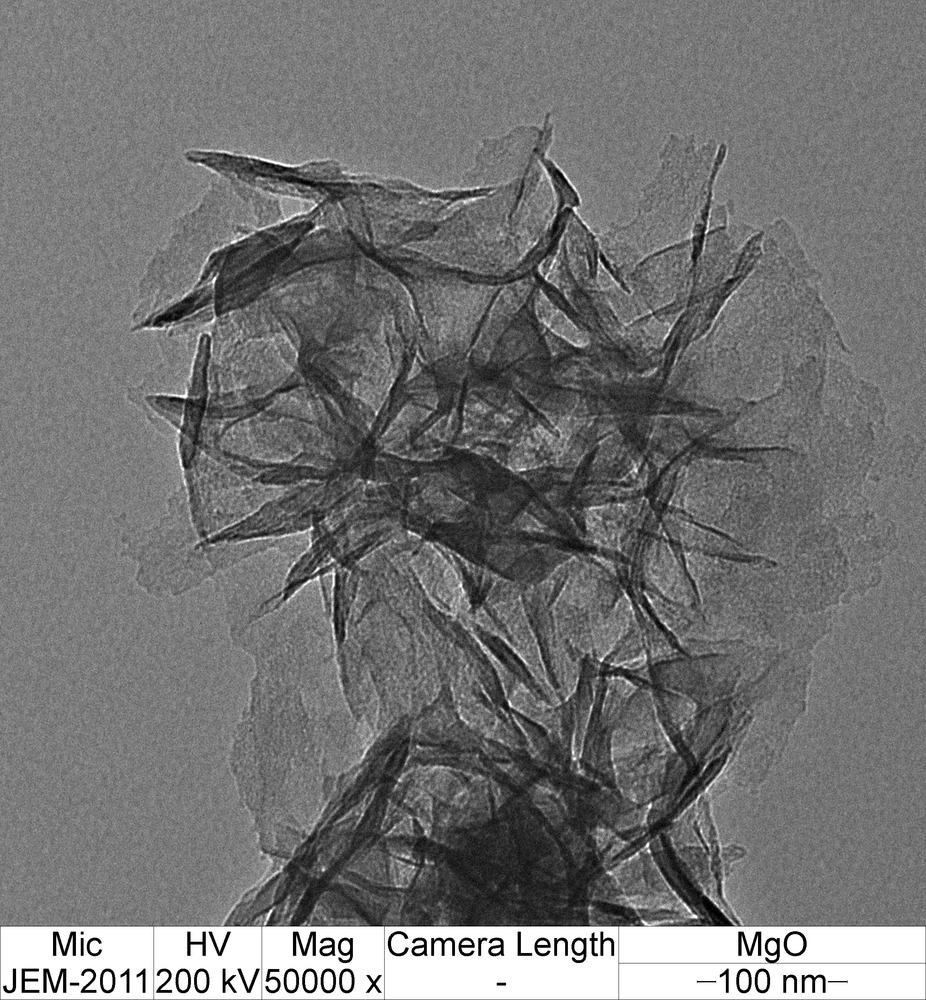A team of researchers from the University of Petroleum and Energy Studies in India and the University of Salerno has published a paper investigating the effect of functionalizing carbon fiber-reinforced composites (CFRPs) with graphene oxide. Writing in the journal Polymers, their research has been published this week.

Study: An Overview on Carbon Fiber-Reinforced Epoxy Composites: Effect of Graphene Oxide Incorporation on Composites Performance. Image Credit: Dhujmontra/Shutterstock.com
Carbon Fiber-Reinforced Composites
CFRPs have found application in multiple industries, including the marine and aerospace industries. These materials possess excellent tensile strength, but they are hindered by drawbacks such as brittleness and weak interface adhesions, which can lead to delamination and catastrophic failure.
One strategy to overcome the drawbacks of these composite materials is to incorporate nanostructured carbon forms. Several studies have explored using these materials to improve the mechanical performance of these composite materials and introduce functional properties such as self-healing, self-sensing, and de-icing, as well as to save energy during manufacture.
Carbon Nanostructured Forms
Incorporating different carbon nanostructured forms into composites can introduce different functional properties and improvements in mechanical properties.
Multi-wall carbon nanotubes, for instance, can be incorporated to give the composites improved electrical conductivity, with the manufacturing process influencing the value of electrical conductivity. Incorporating graphene-based nanoparticles can further improve some of the functional properties depending on thermal management and can reduce the humidity content of epoxy resin-based composites.
There has been significant research focus on obtaining single-layered graphene, but thus far, no high-performance materials with superior electrical conductivity and related functional properties have been developed. Graphene layers tend to reassemble during manufacturing, hindering the development of defect-free materials. Functionalization procedures are needed to avoid reassembly, further complicating the process and presenting challenges such as reduced electronic properties.
Graphene oxide nanosheets, which consist of stacked graphene layers, can address these issues. Dispersing graphene oxide nanoparticles in the polymeric matrix can also improve the adhesion between carbon fibers and the epoxy matrix during the process of impregnation. The presence of polar functional groups in graphene nanoparticles provides strong interactions with the epoxy matrix. Strong interactions with the carbon fibers are facilitated by the core structure of the nanoparticles.
Several papers have reported the ability of graphene nanoparticles to provide functional groups for the resin, whilst others have reported the promotion of adhesion between polymer and reinforcing carbon fibers. Improving the adhesion between polymer and carbon fibers plays a pivotal role in improving the performance of the overall composite material.
The Study
The authors have reviewed recent developments and research into improving the properties and performance of CFRPs with graphene oxide nanoparticles. Ninety-one relevant papers in the current literature have been analyzed and reviewed in the current study.
Incorporating graphene oxide nanosheets improves the viscoelastic, thermal, mechanical, and electrical properties of these materials. The study has covered the effect of the involvement of functional groups in the covalent functionalization of these composite materials. A key effect of graphene oxide is the opening of reaction sites in both the fiber surface and polymer matrix.
The authors have noted that different functional groups have different effects on the composites. Hydroxyl groups provide fibers with a void-containing and globular dendritic surface topology, whereas carboxyl groups have the effect of oxidizing the same surfaces. Both groups provide the fibers with open spaces to facilitate stronger interlocking with the polymer matrix.
More from AZoM: The Key Role of Raman Spectroscopy in Industrial Processes
Several functionalization approaches can be employed to improve interfacial adhesion. The use of silane coupling agents is particularly attractive because they produce hydroxyl, carboxyl, and amine groups on both the edges and the surfaces of the materials.
Different preparation processes can be used to improve graphene oxide dispersion in the polymer matrix. Amongst these, three-roll milling produces a more uniform dispersion (other techniques are ultra-sonication and shear mixing.) This is because of the method’s easy processing and lack of additional solvents which are necessary for other methods. However, the authors have noted that there are still challenges with achieving a uniform graphene oxide nanoparticle dispersion. Compatibility is better with fiber surface modification than graphene oxide/matrix modification.
Additionally, the review has investigated current and future applications of graphene oxide-modified composites. Industries which make use of these materials include the aerospace industry, automobile industry, military, and civil engineering sectors. The automobile industry has applied them in engine parts, ballistic systems such as next-generation body armor, and as cables for suspension bridges. Composites have been used in research into energy storage devices and sensing capabilities.
Further Reading
Sharma, H et al. (2022) An Overview on Carbon Fiber-Reinforced Epoxy Composites: Effect of Graphene Oxide Incorporation on Composites Performance [online] Polymers 14(8) 1548 | mdpi.com. Available at: https://www.mdpi.com/2073-4360/14/8/1548
Disclaimer: The views expressed here are those of the author expressed in their private capacity and do not necessarily represent the views of AZoM.com Limited T/A AZoNetwork the owner and operator of this website. This disclaimer forms part of the Terms and conditions of use of this website.